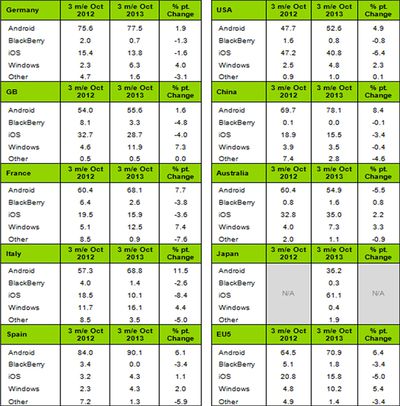Following last week's announcement of Siri "Eyes Free" integration for select Honda and Acura vehicles, Honda today held a Google Hangout to announce even deeper integration for the 2014 Honda Civic and 2015 Honda Fit.
The new Civic, which goes on sale tomorrow, and the upcoming Fit, which launches early next year, will offer an all-new Display Audio interface featuring a 7-inch touchscreen that will be familiar to smartphone users, offering easy access to a variety of features.
Offering one of the largest touchscreens in its class, Display Audio uses the familiar pinch, swipe and tap functionality of a smartphone to access audio, phonebook, media, vehicle information and available navigation features.
Icons resembling smartphone apps are displayed on a 7-inch, high-definition, capacitive touchscreen, making the interface intuitive and easy to use.
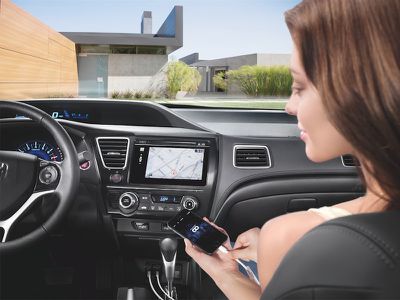
Leveraging the large touchscreen display, new HondaLink apps for iOS will allow users to seamlessly connect their iPhone 5, 5s, or 5c to vehicle systems for accessing online content. The suite consists of four iOS apps now available:
- Connect App – Provides convenient access for many services including location searches, local weather, messaging, Maintenance Minder alerts, service scheduling by phone, and access to the Owners Guide. Users can tap for weather updates and store favorite destinations for quick routing with the Navigation app.
- Navigation App – For the first time Honda is offering a comprehensive cloud-based navigation app for purchase [$59.99 in the App Store] that includes 3D mapping and continuously updated traffic information. As the first navigation app developed by an automaker with mapping data provided by HERE, a Nokia business, this app offers a variety of location search options including search by point of interest, text search, or previous locations. Routes can be pre-planned on a smartphone and will display on the vehicle’s touchscreen. Turn-by-turn routing guidance is available through the vehicle’s audio system as well.
- Aha App – provides access to an extensive and diverse selection of audio content across multiple genres and demographics, plus featured new stations, Internet radio, podcasts, audiobooks, news, Twitter and Facebook updates and nearby location listings for restaurants, coffee houses, hotels, weather, parks, and gas stations. Users can tap to personalize stations or add favorites via smartphone or directly through the Display Audio interface.
- Launcher App – Finds and organizes Honda-approved 3rd party apps so they can be quickly integrated into the Display Audio system. Approved apps can be found through the Launcher and shown on the Display Audio screen for easy access.
Beyond the new HondaLink features, the Civic and Fit with Display Audio will also be the first Honda vehicles to have factory installed support for Siri Eyes Free, with the compatibility for 2013-2014 Honda Accord and 2013 Acura RDX and ILX models announced last week arriving as a dealer installed accessory.
Honda's Google Hangout offering more information on iOS integration with the new Civic and Fit is archived here.


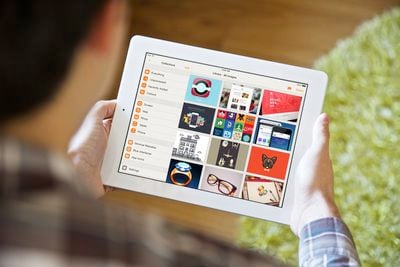
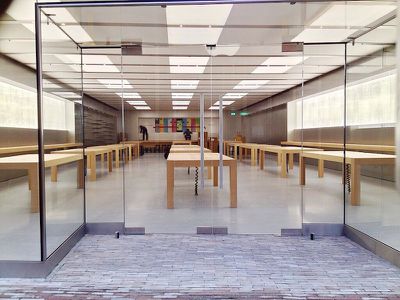
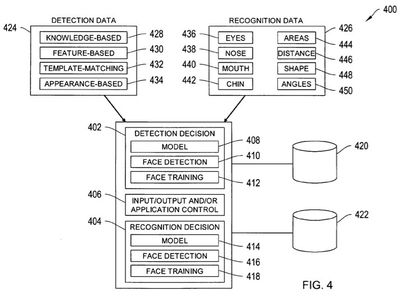

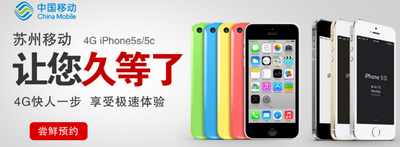
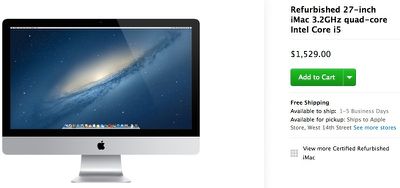

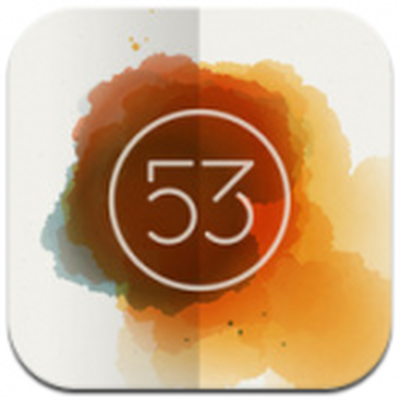 Paper by Fiftythree was today updated to version 1.5.0, adding support for the company’s
Paper by Fiftythree was today updated to version 1.5.0, adding support for the company’s  Apple has purchased social analytics firm Topsy for more than $200 million, reports
Apple has purchased social analytics firm Topsy for more than $200 million, reports 
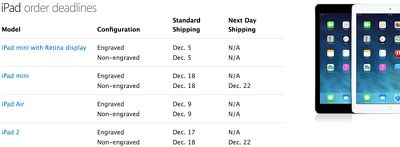
 Though Apple's iOS
Though Apple's iOS 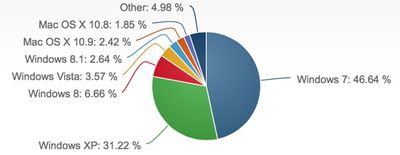
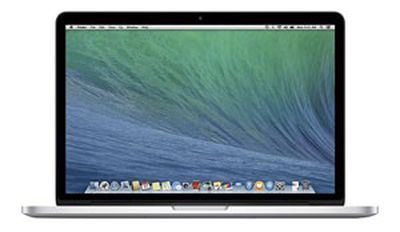 The Monday after Black Friday has been dubbed Cyber Monday to reflect a large number of online purchases that takes place on that day. As a result, many retailers continue or begin online sales on Monday. Here's a selection of Apple-relevant Cyber Monday sales.
The Monday after Black Friday has been dubbed Cyber Monday to reflect a large number of online purchases that takes place on that day. As a result, many retailers continue or begin online sales on Monday. Here's a selection of Apple-relevant Cyber Monday sales. 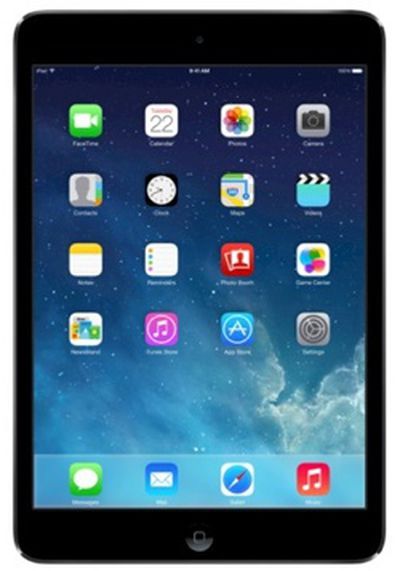 Tablets have proven to be the most popular consumer electronics item on buyers' early holiday shopping lists, with a new research note from Cantor Fitzgerald analyst Brian White citing numbers from the Consumer Electronics Association revealing that 39% of shoppers looking for consumer electronics over the Black Friday weekend were planning to purchase a tablet. Supporting that data, both
Tablets have proven to be the most popular consumer electronics item on buyers' early holiday shopping lists, with a new research note from Cantor Fitzgerald analyst Brian White citing numbers from the Consumer Electronics Association revealing that 39% of shoppers looking for consumer electronics over the Black Friday weekend were planning to purchase a tablet. Supporting that data, both 